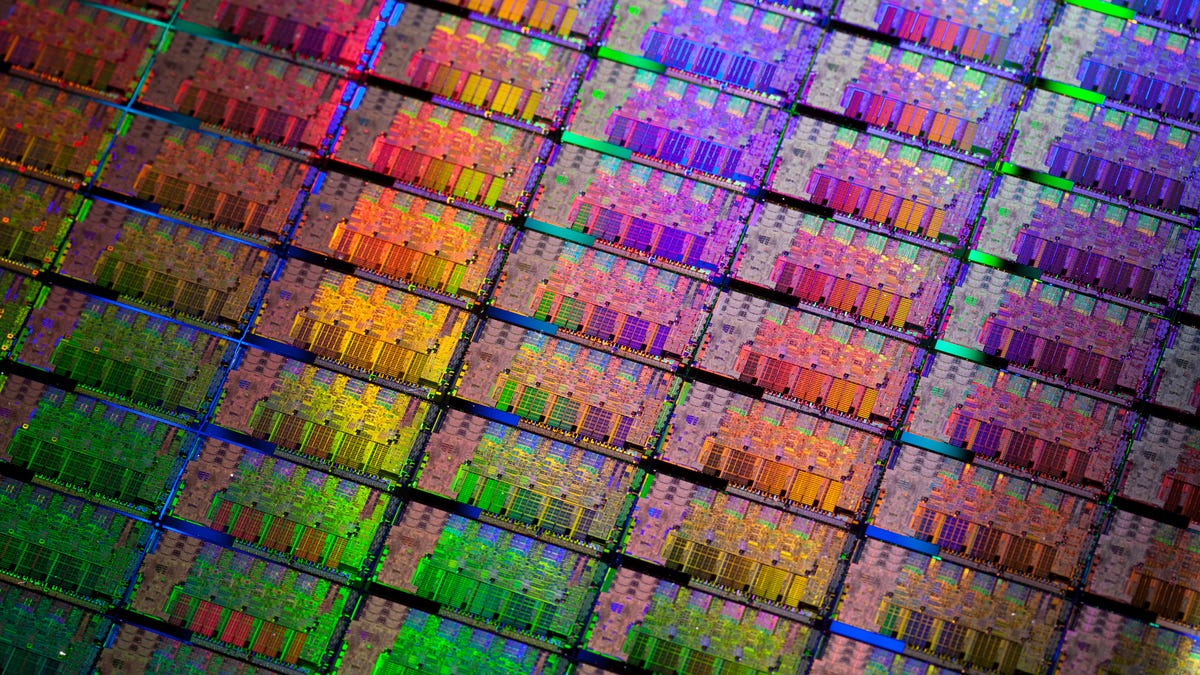Intel's Sandy Bridge chipset flaw: The fallout
Intel's Sandy Bridge chipset is potentially serious but the relatively small number of systems in customers' hands mitigates the severity to some degree.

The flaw Intel disclosed today in its Sandy Bridge chipset was caught early in the rollout of the company's new processor, so there aren't large numbers of systems in customers' hands. But the buyer beware caveat applies, as always.
Officially launched at this year's CES, Sandy Bridge--or "Second Generation Intel Core Processor"--is the first mainstream Intel chip to integrate graphics silicon directly onto the processor. It is also the first chip line based fully on Intel's leading-edge 32-nanometer manufacturing process. These two features allow Intel to offer a power-efficient processor with improved multimedia and gaming capabilities.
It bears repeating that this is a chipset issue, not a Sandy Bridge processor problem. The chipset--or companion chip to the Sandy Bridge processor--is codenamed "Cougar Point." That's where the flaw resides. Chipsets, generally speaking, are conduits that allow the main processor to communicate with hardware in a PC.
And the flaw, in this case, is related to how the Cougar Point chipset communicates with SATA devices, such as a SATA hard disk drive or SATA optical drive.
Bottom line: if you are a consumer who's run out and grabbed a high-end laptop or desktop gaming rig in the last few weeks with an Intel quad-core processor billed as Intel's Second Generation Intel Core Processor, then you potentially have a problem.
Intel: main points of Sandy Bridge chipset flaw:
- Chipset: The issue is in Sandy Bridge's Cougar Point chipset, not the main Sandy Bridge processor. Sandy Bridge systems sold to date are quad-core laptops and desktop PCs. Potentially affected systems have been shipping only since January 9.
- Issue: Affects SATA ports 2 through 5, not ports 0 and 1. Most laptops have two SATA devices, such as a hard disk drive and optical drive that would be using the unaffected ports 0 and 1. That said, Sandy Bridge-based systems with more than a couple of SATA devices could potentially be affected. The data itself is not affected. So, if a consumer had an affected system, data could be accessed by moving the storage device to another system or a working port.
- How issue was discovered: Last week customers started telling Intel that there was an issue. As Intel stressed the part, Intel's labs started seeing a failure to access ports 2 through 5. The Intel stress test simulated time passing and it showed that over time this issue could come up.
- How many Sandy Bridge chipsets shipped to date: 8 million. But Intel claims relatively few are in customers' hands. Most of those are in the sales channel and will be pulled out of the channel. Intel is supporting PC makers in this effort.
- Issue fixed in new silicon: Intel has corrected the design issue--characterized by Intel as a "circuit design oversight"--and has begun manufacturing a new version of the chipset which will resolve the issue.
- Delay of new Sandy Bridge chips: Intel expects to begin delivering the updated version of the chipset to customers in late February and expects full volume recovery in April.
Analyst's take: Nathan Brookwood of Insight 64, a chip consulting firm.
- Affects consumer not corporate (enterprise): It was caught during the testing of consumer-oriented products, so when Intel finally launches Sandy Bridge processors that are targeted at enterprise--typically with vPro capability--those systems won't have the issue.
- If a consumer has an early Sandy Bridge laptop: If a customer has a system with the potentially-flawed chipset, then the only real alternative is to replace the entire motherboard where the chipset has been soldered down.
- Most laptops shipping today still use the previous generation of Intel processors: Because the Sandy Bridge products that use the Cougar Point chipset are just ramping now, the high-volume products continue to be last year's Core i series processors (codenamed "Westmere"). These products are not affected.
And how does this affect Intel financially? For the first quarter of 2011, Intel expects this issue to reduce revenue by approximately $300 million as the company discontinues production of the current version of the chipset and begins manufacturing the new version. "Full-year revenue is not expected to be materially affected by the issue," Intel said. Total cost to repair and replace affected materials and systems in the market is estimated to be $700 million.
Intel now expects first-quarter revenue to be $11.7 billion, plus or minus $400 million, compared to the previous expectation of $11.5 billion, plus or minus $400 million. Gross margin, a critical profit indicator, is now expected to be 61 percent, plus or minus a couple percentage points, compared to the previous expectation of 64 percent, plus or minus a couple percentage points.
"Obviously, no one wants to make a mistake of this magnitude. When all is said and done, we're looking at close to a billion dollars [to cover everything related to the fix]," said Dean McCarron, principal analyst at Mercury Research, a chip market research firm. "But this happened very early in the product ramp. The net impact is probably a few weeks delay in the ramp [of Sandy Bridge]," he said.
McCarron continued. "The best example, by contrast, that I can provide is Nvidia. The [chip] packing problem they had, where you had millions of systems deployed. They took multiple hundred million dollar charges. So, a mistake like this can get very expensive if it isn't caught early," he said.
Despite the company's financial impact, McCarron said the impact on consumers is small. "We're probably talking about systems [in consumers' hands] measured in the thousands," he said.
Editor's note: This post was updated several times with additional information. The last update was made at 2:25 p.m. PT.

